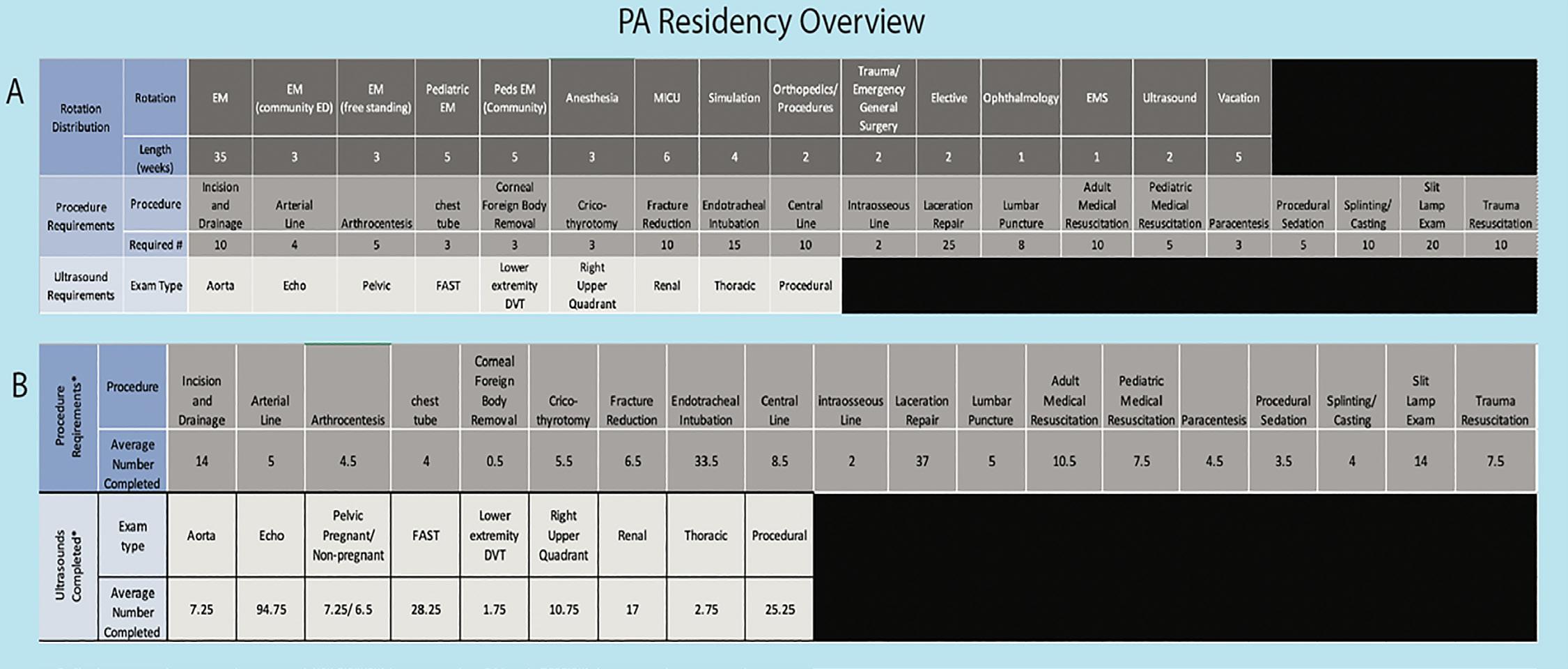Recruitment, Retention, and Representation in Leadership: Evidence-Based Guide diverse racial and ethnic backgrounds as well as using the institution’s local and community demographics to highlight the diversity of the patient population.24 A 2011 survey found that medical student diversity was the strongest predictor of faculty diversity, highlighting the need to establish early pipelines and pathways.25 The Center for Multicultural and Community Affairs (CMCA) at the Mount Sinai School of Medicine created a dedicated council in 2008 to improve coordination of outreach, recruitment, and retention activities of UIM physician and non-physician scientists by including representatives institution-wide to support efforts from prematriculation through postgraduate training.26 Create Diverse Recruitment Committees Recruitment committees should be composed of a diverse group of members and/or institutional diversity leaders (eg, Chief Diversity Officer, Assistant Dean of Diversity).1 Diversity recruitment should be a joint effort between UIM and nonUIM faculty so that it does not unduly burden UIM faculty.18,22 Responsibilities of a diversity-oriented recruitment committee are outlined in Table 3.1 As part of a successful, multifaceted strategic plan to promote diversity at the University of Michigan Department of Surgery, a standing departmental recruitment committee was selected via nomination. Members were intentionally selected to ensure diversity with respect to gender, race, academic rank, and subspecialty. The committee identified a diverse pool of applicants that had been previously overlooked while maintaining faculty excellence.23
Table 3. Responsibilities of recruitment committees.1 1. Define diversity criteria for potential candidates. 2. Create a diversity statement. 3. Implement a strategic process for recruitment of diverse candidates. 4. Monitor the success of the recruitment initiatives. 5. Advocate for change throughout the institution.
Similarly, the Mount Sinai Diversity Leadership Council was established to promote diversity in faculty recruitment, retention, and development. Senior-level faculty representatives (Diversity Liaisons) from all departments were chosen to enhance faculty diversity and report diversity metrics (eg, trends, climate, faculty mentoring, advancement) to the Dean. They also developed specific departmental action plans under the guidance of department chairs and shared best practices for improving faculty diversity, retention, development, and advancement.26 Incentivize Stakeholders and Create Accountability Tracking institutional and departmental diversity metrics is necessary to set goals, identify effective strategies and opportunities for improvement, and incentivize success.26,27 Western Journal of Emergency Medicine
Davenport et al.
This process could include tracking promotion, retention, and leadership positions among UIMs vs non-UIMs.27,28 This could also include assessing the climate of inclusion with surveys, interviews, and focus groups to measure the prevalence of bias and discrimination and to document continued challenges, microaggressions, and other barriers to an inclusive workplace culture.27–29 Institutional and departmental dashboards should include diversity and equity goals to monitor performance.1,30,31 Incentive bonuses, academic promotion, and eligibility to leadership positions for all faculty could be tied to participation in diversity and inclusion activities and performance metrics on diversity outcomes.32 The Medical University of South Carolina developed an assessment tool for each department that included quantitative and qualitative variables (eg, UIM individuals recruited, grand rounds/seminars on diversity, UIM speakers, activities related to healthcare disparities and social determinants of health, and implementation of cultural competency training). Department chairs were required to complete the assessment annually, develop annual diversity goals, and report the results institution-wide, with end-of-year incentives tied to their results.33 External reporting of departmental and residency diversity compared with national data can be useful to rally support for recruitment resources.17,34 Funding agencies (eg, the National Institutes of Health [NIH]) could consider an institution’s demonstrated commitment to diversifying faculty when making funding decisions, particularly for diversity fellowships and grants.35 In the United Kingdom, the National Health Service (NHS) adopted a Workforce Race Equality Standard for all NHS organizations, requiring that they meet measurable improvement on nine diversity metrics, including adequate representation of UIM staff and senior leadership, UIM representation on organizational boards that reflect the demographics of the community, reductions in reports of discrimination, and annual open publication of progress.36 This led to reduced discrimination reports and improvements in UIM promotion.37 The Athena Scientific Women’s Academic Network was created to increase representation and equity for women in science, technology, engineering, and medicine.38 Institutions that improved gender parity were given awards, and in 2011 government funding from the National Institute for Health Research was restricted to those institutions.38 This restriction of government funding led to improvements in career satisfaction, job opportunities, and professional development.38 A similar model could be used for UIM faculty. Inclusive Marketing and Targeted Recruitment Language, images used for marketing, and the process of disseminating promotional materials should be assessed for bias and barriers to UIM recruitment and include clear non-discrimination policies.27 Links to diversity and inclusion web pages at the program, departmental, and institutional levels can be used to highlight current successes and future 64
Volume 23, no. 1: January 2022













